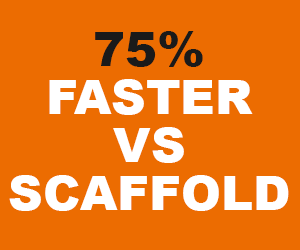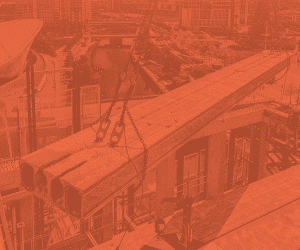The installation has posed a series of construction problems for Bouygues and specialist Taunton Fabrications.
The sculptural, open staircase travels through a slanting void and its name is taken from the oculus design, which depicts an eye that allows light to flood into a space.
Designed by architects Hawkins\Brown, the aim of the Oculus staircase is to drive engagement and collaboration between the varying departments and uses of the building.
It is set to be the showpiece of Innovation Central where Bouygues UK and Cardiff University are transforming a former disused rail yard into a state-of-the-art campus for social science-led research.
Justin Moore, Operations Director for Bouygues UK in Wales, and project lead on Cardiff Innovation Campus, said: “The principle of the oculus staircase makes it difficult to install as the stairs are not installed directly above each other, as it is for a standard staircase, but offset at each floor level.
“Several methods of installation have been reviewed over months to come up with the best way to safely and practically install the stairs.
“Initially, each stair was going to be installed after all the concrete floors were constructed by using spider cranes, but this meant that much of the floor area around the stair would be covered in propping delaying the internal finishing.
“Bouygues UK came up with a solution to install each stair after each floor slab was constructed and then construct the next floor above the stair with a cleaver configuration of temporary works designed by the stair contractor, Taunton Fabrications and the RC frame Contractor, 4D Structures.
“This is repeated on every floor. It is a complex and exciting construction project.”





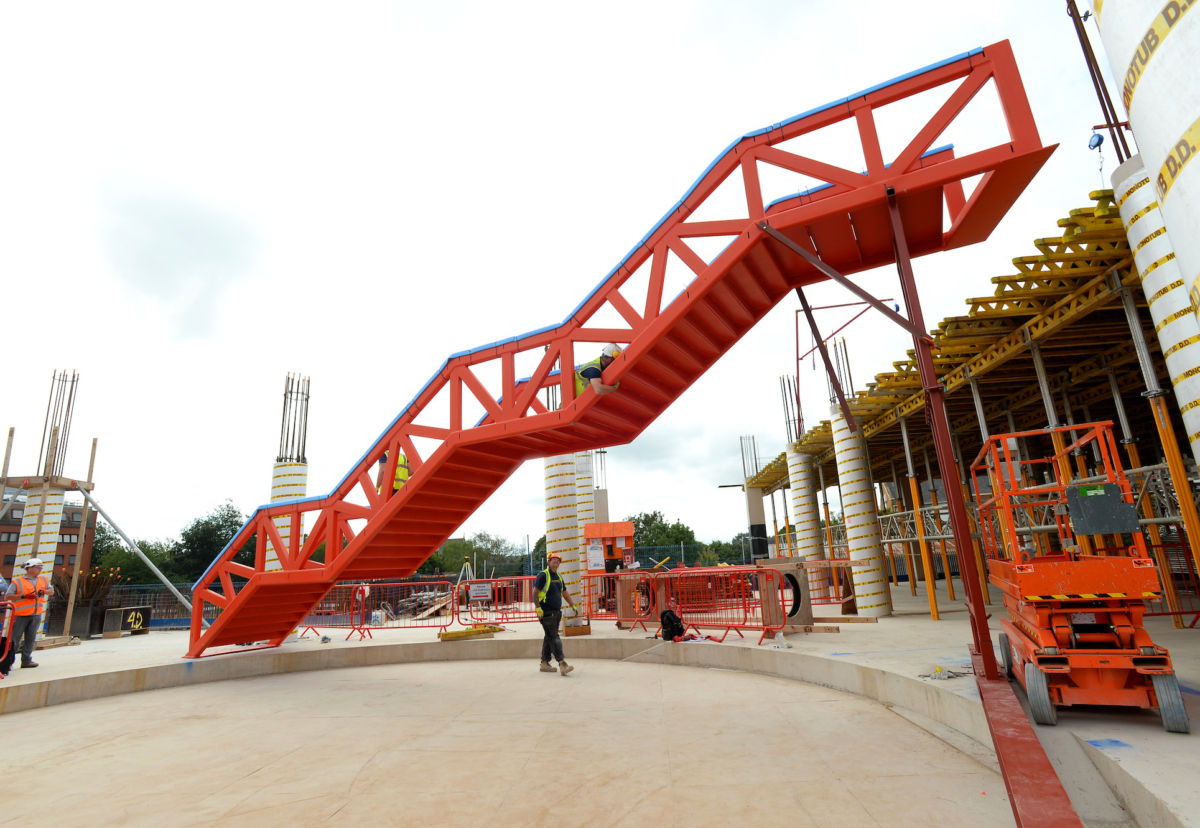

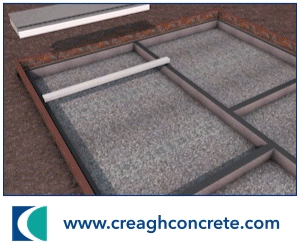
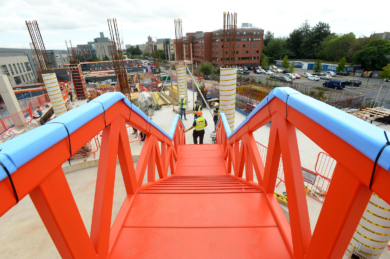


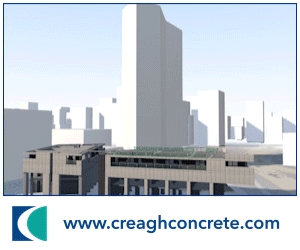







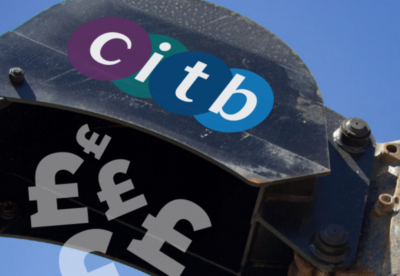





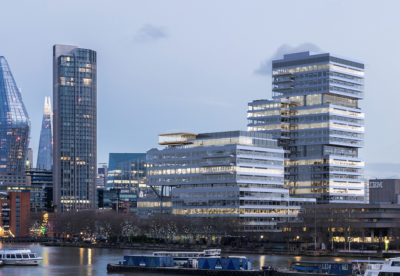














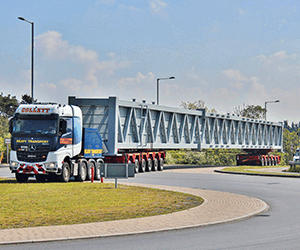







.gif)





